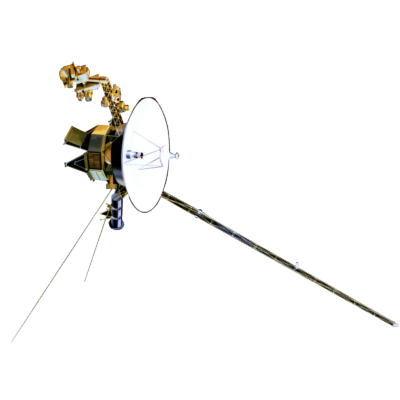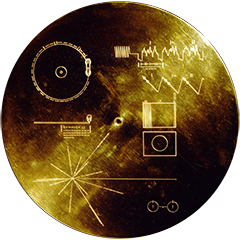Voyager LECP Data Analysis Handbook
Data File Descriptions
Super Average Tape Record Description
BLOCK 8: RATE RATIO UNCERTAINTIES [IUGAM(50)]
The next 50 integers are rate ratio uncertainties.
BLOCK 9: COMP. RATIO UNCERTAINTIES [IUCOMP(30)]
The next 30 integers are composition ratio uncertainties.
BLOCK 10: ANGR RATIO UNCERTAINTIES [IUANGR(20)]
The next 20 integers are angular ratio uncertainties.
BLOCK 11: RATE CORRECTION FACTORS [IGFLX(100)]
The next 100 integers form a vector of length 100 containing the values of gamma used in correcting the count rates for the finite passb widths in the derivation of the differential fluxes (rate correction factors). These may be actual or default values, depending on the outcome of the attempt to derive an estimate from the count rate ratios. Units are 2048*gamma.
BLOCK 12: COMP. CORRECTION FACTORS [ICFACT(100)]
The next 100 integers are composition correction factors for rate channels 1-100. These are the numerical factors by which the count rate was multiplied to correct it for contamination by extra species. This is a number between 0. & 1.0. Units are 1024*factor.
BLOCK 13: FLUXES [FLUXES(100)]
The next 100 real numbers are fluxes
corresponding to items 1-100 above differential fluxes
evaluated at standard values of the energy & corrected for
finite passband width & contamination by undesired species.
BLOCK 14: UNCERTS. OF FLUXES [IUFLUX(100)]
The next 100 integers are flux uncs. in units of 64*percent. By expressing the uncertainty in units of 64*percent we can use an integer variable here. This has two advantages: one, it saves space in the record, and two, real numbers have to be converted into machine-dependent form of internal binary word.
BLOCK 15: ANGULAR RESOLUTION [ISTP(100,2)]
The last are 100 floating point words which give the angular resolution in sectors for each of the 100 channels measured.
Return to SAT main page.
Return to Data File Descriptions main page.
Return to Voyager
LECP Data Analysis Handbook Table of Contents.
Return to Fundamental
Technologies Home Page.
Updated 8/9/19, Cameron Crane
VOYAGER 1 ELAPSED TIME
*Since official launch
September 5, 1977, 12:56:00:00 UTC
VOYAGER 2 ELAPSED TIME
*Since official launch
August 20, 1977, 14:29:00:00 UTC
QUICK FACTS
Mission Duration: 40+ years have elapsed for both Voyager 1 and Voyager 2 (both are ongoing).
Destination: Their original destinations were Saturn and Jupiter. Their current destination is interstellar space.



